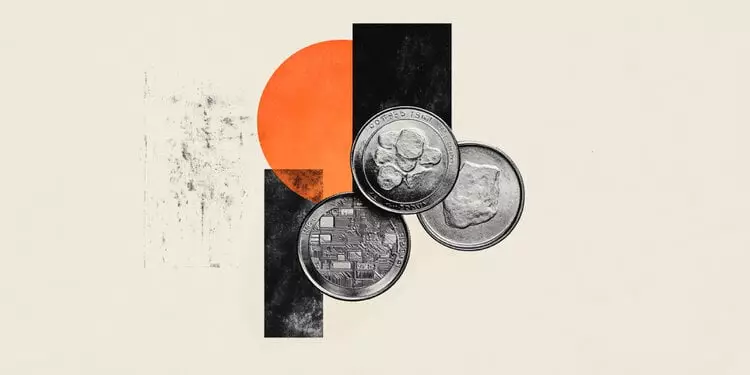Silver, often seen as a complement to gold in the precious metals market, serves both as an investment and an industrial commodity. Its significance has risen and fallen with economic trends and investor sentiment, making it an intriguing subject for financial analysis. Recently, silver has experienced notable fluctuations, particularly influenced by key price levels and movement trends within the market. This article examines the current scenario of silver prices, factors affecting them, and their implications for investors.
As of the latest figures, silver prices have dipped to approximately $32.54, struggling to maintain ground above the critical psychological threshold of $33.00. This inability to hold above such a significant level suggests underlying weaknesses in bullish momentum, despite falling U.S. Treasury yields, which typically support precious metal prices. Notably, the 10-year Treasury note yields have decreased to 4.431%, which historically would bode well for silver. However, the XAG/USD rate has registered a 1.20% decline.
The trend indicates a weakening bullish sentiment, especially considering the Relative Strength Index (RSI) is showing mixed signals, demonstrating that while there is some bullishness, it raises concerns about potential downward momentum if support levels falter. Investors are on high alert, particularly as the sophisticated support zone has been marked at $32.00, just above which lies the crucial 100-day Simple Moving Average (SMA) around $31.12.
Support and Resistance Levels
Technical analysis plays a vital role in trading silver, with seasoned investors keenly observing resistance and support levels. The immediate resistance is pegged at $33.20, a level that needs to be breached for a convincing bullish resurgence. Should silver rise beyond that point, further resistance can be detected around $33.39, leading to aspirations of breaking the $34.00 level.
Conversely, if silver’s price breaks below $32.00, it could accelerate a downward spiral, pressuring it towards the 100-day SMA around $31.12. Additional support levels at $30.70 and $30.46 are critical indicators of long-term trend viability. A breach of these levels may cause a reevaluation among investors, triggering broader market sentiments.
Several factors contribute to the fluctuations in silver prices, each with varying levels of impact. Primarily, the performance of the U.S. dollar plays a pivotal role; as a dollar-denominated asset, silver often reacts inversely to dollar strength. When the dollar rises, silver tends to remain subdued, while a weakening dollar can create upward price pressure.
In addition to currency fluctuations, the intricacies of supply and demand further complicate silver’s market dynamics. Silver is involved in various industries such as electronics and renewable energy, and demand from these sectors can significantly impact price movements. Furthermore, geopolitical tensions often propel silver’s appeal as a safe-haven asset, offering a protective shield against potential economic downturns.
Silver continues to be a popular choice for diversification within an investment portfolio. Investors can engage with silver through various formats, including physical bars and coins or financial instruments like Exchange Traded Funds (ETFs) that track silver prices. This flexibility allows for tailored strategies depending on market conditions.
Moreover, tracking the Gold/Silver ratio provides vital insight into the relative valuation of both metals. This ratio can depict whether silver is undervalued compared to gold or vice versa, guiding investment decisions. A high ratio could signal favorable buy opportunities for silver, while a low ratio may indicate the opposite.
As silver navigates through recent price fluctuations and macroeconomic influences, its role in the investment landscape remains significant. Understanding key technical indicators, price movements, and external factors are essential for investors looking to capitalize on market opportunities. Whether using silver as a hedge, diversification, or a speculative investment, awareness of market conditions can help in making informed decisions. The coming weeks will be critical as silver seeks to establish more stable trading patterns and possibly break through its current resistance levels.

